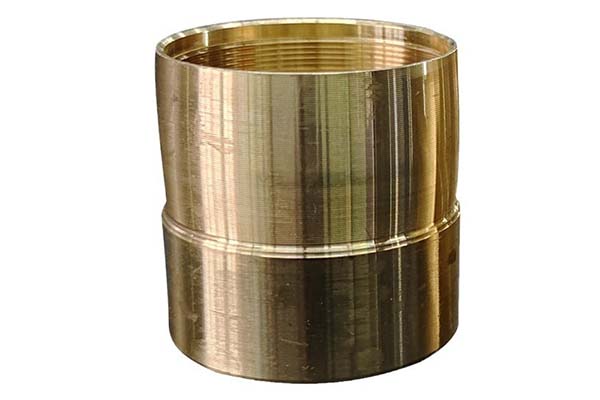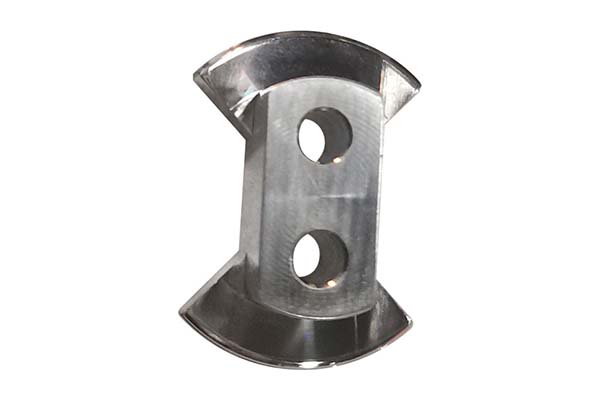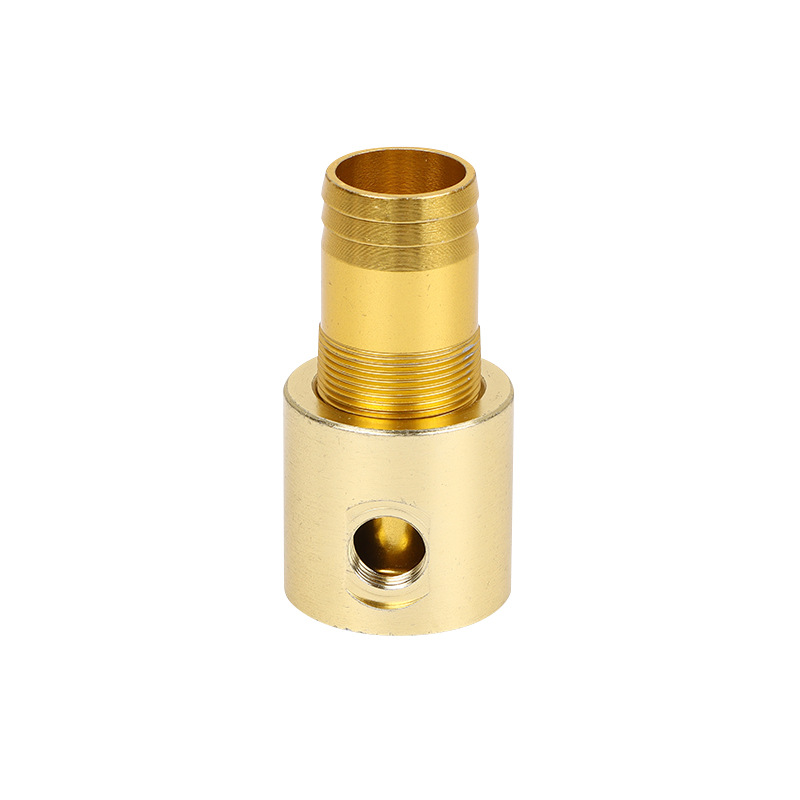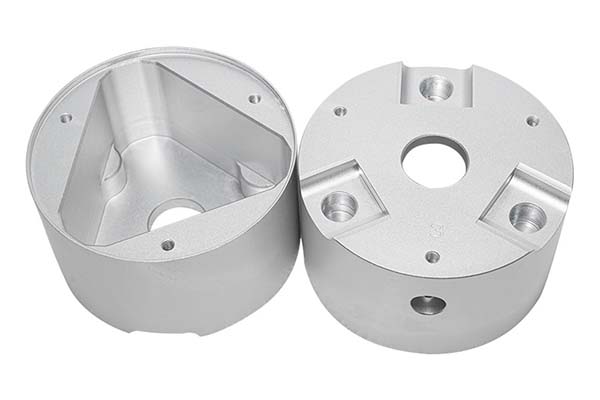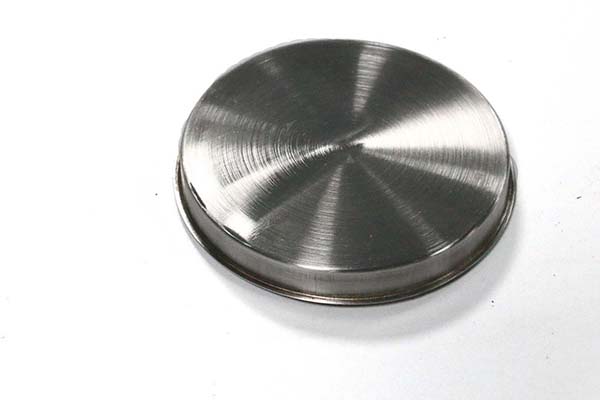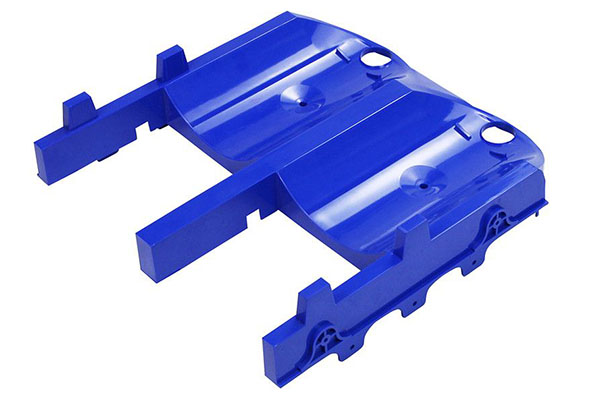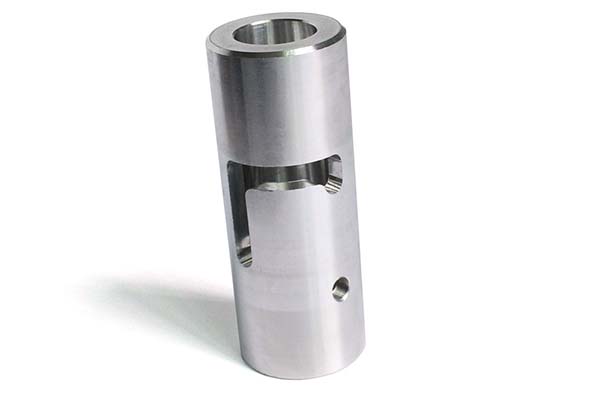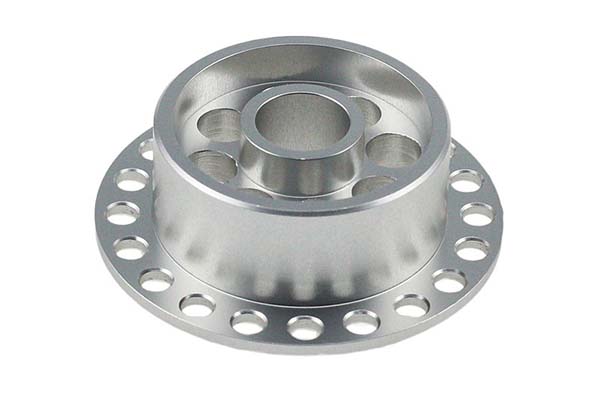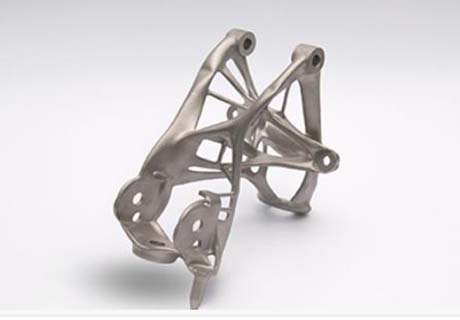CNC machining C46400 naval brass presents unique hurdles that can frustrate even seasoned manufacturers. Its high zinc content and tough duplex structure make it prone to stringy chips, built-up edges, and faster tool wear compared to more forgiving alloys like C36000. Add to that the critical need for seawater corrosion resistance in marine applications, and the margin for error shrinks significantly. This article tackles these pain points head-on, offering actionable insights into material properties, machining parameters, tooling, and post-processing to help you achieve precise, durable results with C46400.
Alloy Overview & Marine-Grade Properties
Understanding C46400’s unique composition is key to mastering its machining.
Composition Breakdown
C46400 naval brass composition is a carefully balanced blend: Cu 59% Zn 40% Sn 1%. Notably, it’s lead-free < 0.2% Pb, meeting modern environmental standards. Classified as a duplex alpha-beta brass, its microstructure combines two phases, giving it both strength and corrosion resistance.
Key Marine-Grade Properties
- Dezincification resistance: Critical for marine use, this property prevents the zinc from leaching out in saltwater, which would weaken the material.
- Seawater corrosion: Outperforms many brass alloys in harsh marine environments, making it a staple for nautical components.
- 55–88 ksi tensile strength: This wide range allows it to handle high stress in applications like propeller shafts.
- 17 000 ksi modulus: Stiffness that balances flexibility, important for withstanding dynamic marine forces.
- Density 0.304 lb/in³: Heavier than some alloys, contributing to stability in underwater components.
CNC Machining Parameters & Techniques
Optimizing parameters is essential to overcome C46400’s machining challenges.
Speed, Feed, and Machinability
- Cutting speed C46400: Typically ranges from 100–200 SFM for turning, slower than C36000 due to its toughness.
- Feed rate naval brass: A low-speed high-feed strategy works best—around 0.005–0.015 ipr for turning. This helps break chips and reduces tool rubbing.
- 30–35% machinability vs C360: Its lower machinability means you’ll need to adjust expectations—slower cycle times and more frequent tool checks are necessary.
Chip Control and Milling Strategies
Chip control stringy chips are a major issue with C46400. Using trochoidal milling brass (a circular cutting path) helps break chips into manageable pieces. When it comes to coolant, coolant flood vs mist often favors flood coolant, as it better controls heat and flushes chips away, aiding in built-up edge prevention.
Tooling & Edge Geometry
The right tools can make or break C46400 machining.
Inserts and Endmills
- Sharp carbide inserts C46400: Sharp edges are non-negotiable—dull tools exacerbate built-up edges and poor surface finish.
- High-positive rake polished flutes: Reduces cutting forces and friction, minimizing heat and tool wear.
- Variable-helix endmills naval brass: These disrupt chip flow, preventing long strings that can jam the machine.
Coatings and Toolholders
- TiCN coating anti-gumming: This coating resists material adhesion, a common problem with C46400’s sticky nature.
- Micro-grain carbide micro-milling: For precision work, these tools maintain sharpness longer, crucial for tight tolerances.
- Toolholder balance high RPM and minimum runout < 0.0002": Critical for high-speed operations, reducing vibration that degrades surface finish and tool life.
Surface Finish & Post-Machining
Achieving a corrosion-resistant finish is vital for C46400’s marine applications.
Surface Finish Targets
Ra 0.2 µm turning naval brass is achievable with sharp tools and steady feeds. For decorative or high-precision parts, a mirror polish C46400 can be achieved through sequential grinding and buffing.
Deburring and Cleaning
Deburring stringy chips requires specialized tools—rotary brushes or ultrasonic deburring work well. Ultrasonic cleaning brass removes machining residues that could hide corrosion spots. Oxide removal citric acid is gentle yet effective, preparing the surface for protective coatings.
Tarnish Protection
A tarnish protection coating is essential for exposed components, preserving both appearance and corrosion resistance in marine environments.
Workholding & Part Stability
Preventing distortion is critical, especially for thin-walled marine components.
Workholding Methods
- Soft-jaw chuck naval brass: Custom-machined soft jaws distribute clamping force evenly, avoiding dents in the material.
- Vacuum fixture thin plates: Ideal for thin stock, providing uniform hold without pressure points.
- Low clamp pressure distortion: C46400’s ductility means excessive pressure causes warping—use just enough force to secure the part.
Accuracy and Thermal Considerations
- 5-axis tombstone pallets and zero-point clamping accuracy: Ensure repeatability for complex parts like valve stems.
- Thermal expansion 11.8 µin/in·°F: Account for temperature changes during machining, as heat can cause dimensional shifts in precision components.
Applications & Industry Case Studies
C46400’s unique properties make it indispensable in marine and high-stress applications.
- C46400 propeller shafts CNC: Its strength and corrosion resistance handle the torque and seawater exposure of marine propulsion.
- Marine turnbuckles naval brass: These tensioning devices rely on C46400’s toughness to maintain structural integrity in rigging.
- Valve stems 464 brass: Resist corrosion in marine plumbing systems, ensuring reliable operation.
- Heat-exchanger tubes: Efficient thermal conductivity combined with corrosion resistance makes them ideal for cooling systems.
- Decorative marine hardware: Polishes to a lasting shine, withstanding salt spray better than many alloys.
- Missile fasteners case study: C46400’s high tensile strength and corrosion resistance make it suitable for aerospace and defense applications requiring reliability in harsh conditions.
Yigu Technology's Perspective
At Yigu Technology, we specialize in CNC machining C46400 for marine and high-performance applications. Our team understands the alloy’s quirks—from optimizing trochoidal paths for chip control to selecting TiCN-coated tools for extended life. We prioritize seawater corrosion resistance, ensuring post-machining treatments like citric acid passivation meet strict standards. Whether you need propeller components or precision fasteners, our process ensures your C46400 parts are accurate, durable, and ready for the harshest environments.
FAQ
- Why is C46400 better for marine use than C36000?
C46400’s 1% tin content enhances dezincification resistance, critical for seawater exposure. C36000, while easier to machine, lacks this protection and is prone to corrosion in saltwater.
- What’s the best way to prevent built-up edges when machining C46400?
Use sharp, TiCN-coated carbide inserts with high-positive rake angles. Combine this with flood coolant and a low-speed, high-feed strategy to reduce friction and heat.
- Can C46400 be micro-machined for small marine components?
Yes, but use micro-grain carbide tools with minimum runout (<0.0002") and trochoidal milling paths to control chips. Slow speeds (100–150 SFM) and light feeds prevent tool damage.
